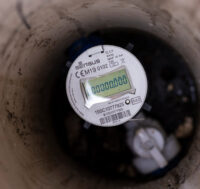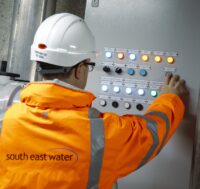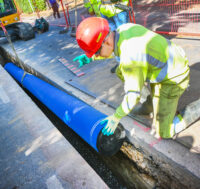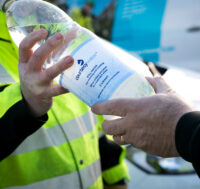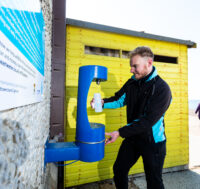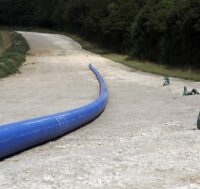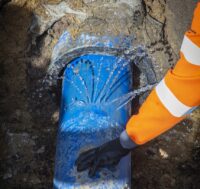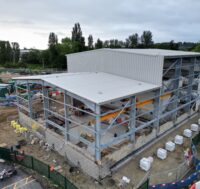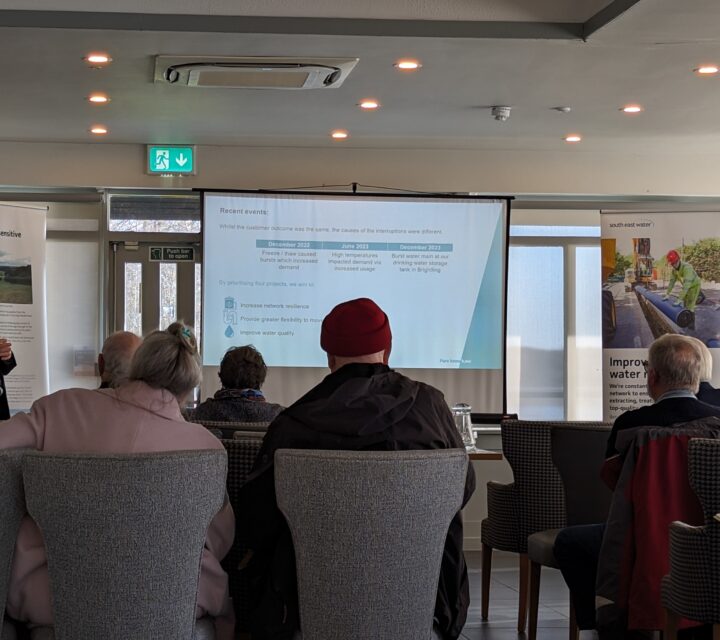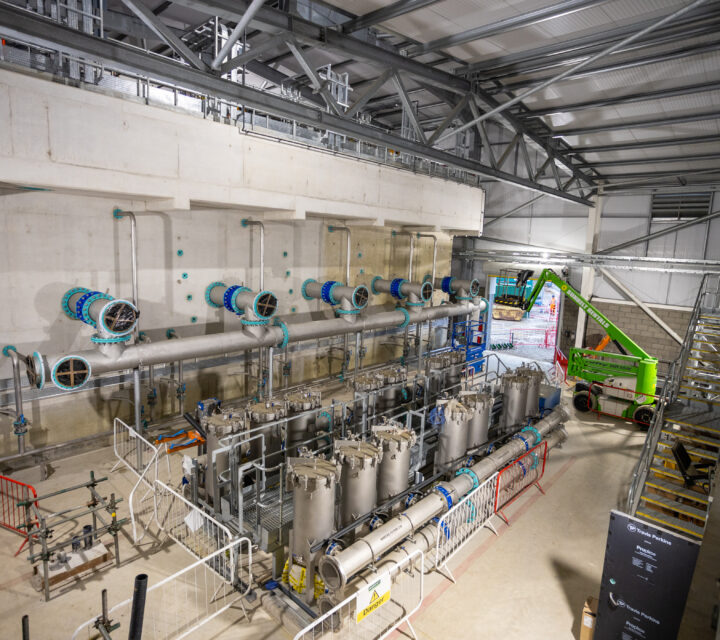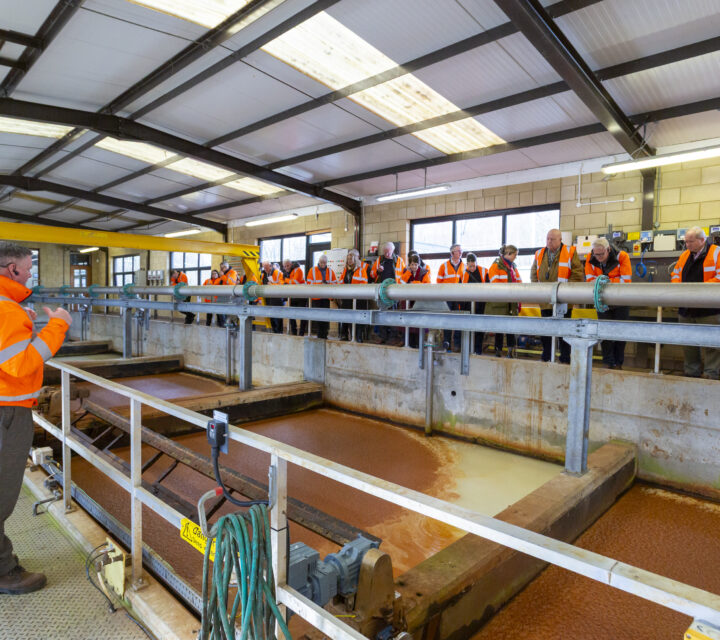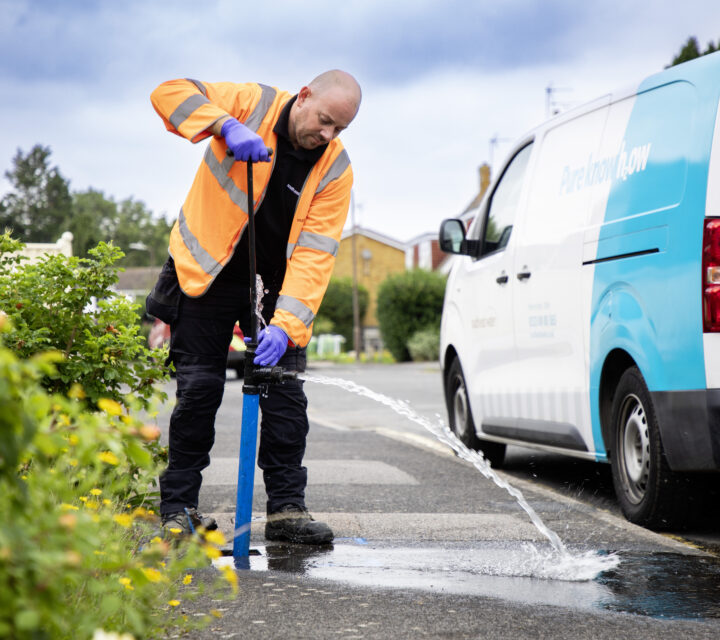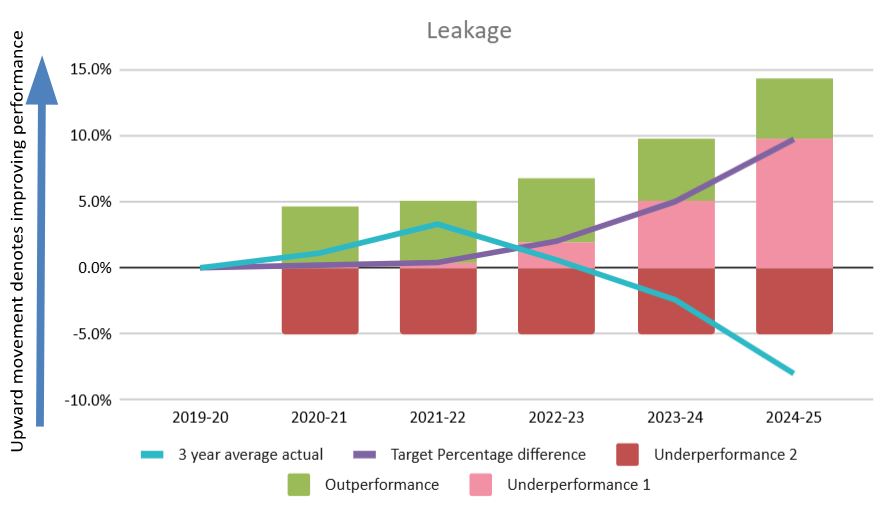
We know from our research and conversations with you that the amount of treated water leaking from our network is a key area you want us to tackle, and we are as keen as you are to see that amount reduce.
We are committed to reducing the amount of water lost to leaks both on our network, and in customers’ homes, by 15 per cent between 2020 and 2025 (based on our annual performance).
Leakage is measured in megalitres (1,000,000/million litres) a day (Ml/d) and we could receive an outperformance payment if we exceed our target, or be required to pay an underperformance penalty if we miss it.
We have two levels of underperformance penalties. The first level of payment is incurred if our performance falls between our target and our 2019/20, three-year average performance, of 95.1Ml/d. The second level of payment is incurred if our performance is worse than our 2019/20, three-year average performance.
How have we performed?
During 2024/25 we achieved a year end post MLE (regulatory figure including full water balance and allowances) leakage rate of 104.8 million litres a day, against our target leakage rate of 81 million litres a day.
This means that our three-year rolling average leakage has increased from 97.4 Ml/d to 102.1 Ml/d, which equates to a 7.4 per cent increase on our baseline.
This high three year average increase is partly driven by the 2022/23 summer outbreak, where we along with the wider industry saw an exceptionally large leakage outbreak during the hot summer period. Whilst this outbreak and corresponding increase in leakage is now under control, our baseline leakage level remains impacted by this outbreak and therefore still influencing the three year average number for 2024/25. We are now seeing a reduction from this higher level.
This level of leakage is not where we had aimed to be at the beginning of this five year period and one we are continually working to improve.
Following a stable start to the year, the summer of the 2024/25 period saw a rise in leakage. Our field resource gang numbers were increased from an already elevated level as a response to this, however due to the continued high level of detected and reported incoming leaks it took a number of months for the effect of this increase to be realised and for workbanks and associated leakage levels to fall. We saw good reduction in autumn and managed to stabilise the leakage outbreak and increase seen over the summer as we headed into winter.
Unfortunately, following a brief but severe dip in temperatures early in January, our network, along with all other companies across the South of England, saw a large amount of breakout caused by this relatively short cold spell, thought to be associated with the impact of the cold weather on the saturated ground across the region causing increased ground movement and associated pipe failures. This outbreak was dealt with well, with recovery achieved within 6-8 weeks, where we have seen historically these breakouts usually take around three months to fully recover.
Despite our increased resource and improved response, these two outbreaks on the back of a very challenging period across previous years prevented us seeing the reductions in leakage we expected and hoped to see during 2024/25.
Throughout the year in 2024/25 we repaired approximately 20 per cent more leaks than our previous year’s activity rate and above the expected level for the year based on our forecasts. A trend that looks set to continue into 2025/26 and therefore we have increased our baseline field resource and forecast activity rate in anticipation.
The leakage strategy for the coming period was recently reviewed by external leakage specialists and confirmed as a good, challenging and well thought out strategy. We are now beginning the process of implementing the changes and new technologies outlined in this strategy and in our AMP8 plans. This will be achieved through a combination of further, focused operational activity and increased capital investment into our existing and new below ground assets.
Central to the strategy is a continued focus on efficient and effective field delivery of ‘find and fix’ for leaks, along with a move to become even more data focussed and driven going forward, to proactively prevent leaks, enable us to respond more quickly and move towards a smart network solution for the future. As well as the benefit this directly provides to the leakage team and leakage number, departments across the business are increasingly reliant on the data we’re able to provide to ensure our overall field delivery service is resilient, reliable and meets customer expectations.
We currently spend around £35 million a year on finding and fixing leaks across the network and are committed to investing further to reduce the amount of water lost to leaks by half by 2050 as part of the comprehensive AMP8 investment strategy.















